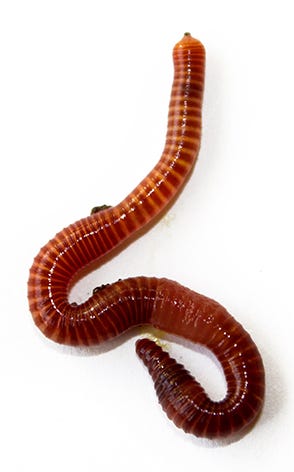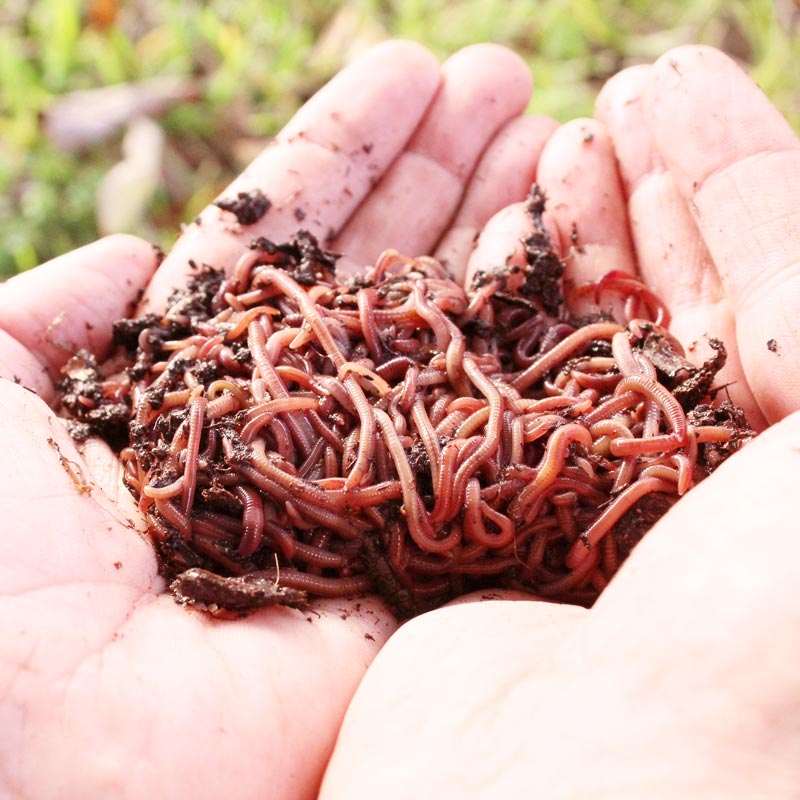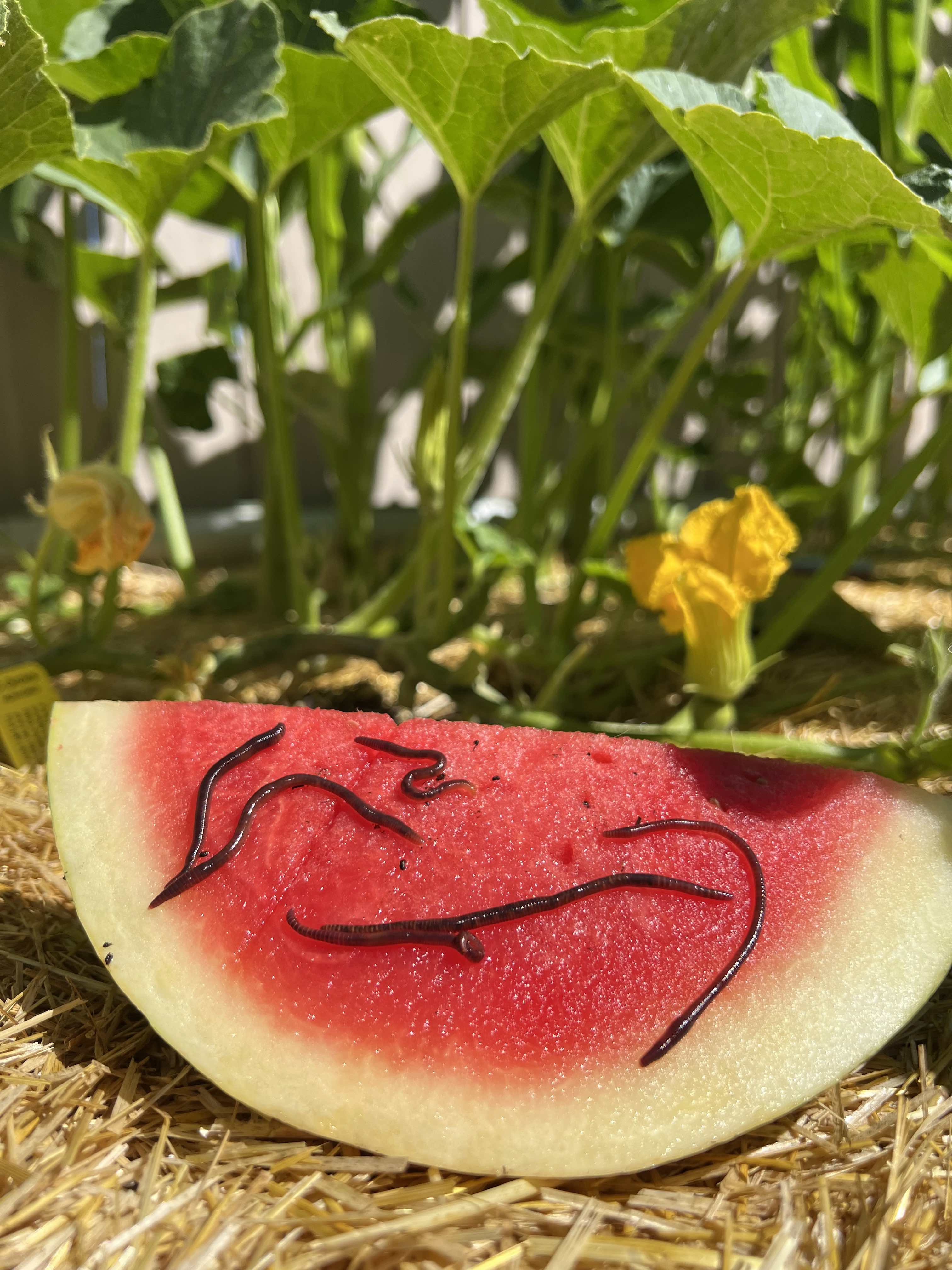Red Wiggler Worms Demystified: Unlocking the Keys of Vermiculture for Greener Living and Nutrient-Rich Dirt
In the world of lasting methods for enhancing soil top quality and advertising eco-conscious living, red wiggler worms play an essential yet often neglected duty. These modest creatures possess the impressive capability to transform natural waste into nutrient-rich castings that offer as a potent natural fertilizer. By diving right into the world of vermiculture, one can reveal a myriad of advantages that extend far beyond traditional composting approaches. Comprehending the intricacies of taking care of these worms, maximizing their setting, and harnessing their spreadings can result in a greener lifestyle and much healthier soil for plants to thrive.
The Function of Red Wiggler Worms
Red Wiggler worms play an essential function in composting systems by efficiently breaking down organic issue into nutrient-rich castings. These starved eaters eat a variety of natural materials, such as cooking area scraps, yard waste, and paper products. As they feed, the worms' digestive processes damage down the organic issue right into a fine, dark, and nutrient-dense material understood as worm spreadings or vermicompost.
The spreadings generated by Red Wiggler worms are highly valuable for soil health and plant growth. They are rich in crucial nutrients like nitrogen, potassium, and phosphorus, which are essential for sustaining healthy and balanced plant development. Additionally, worm castings include advantageous microorganisms and enzymes that assist enhance dirt structure, boost water retention, and boost nutrient uptake by plants.
Benefits of Vermicomposting

It boosts soil structure, enhances dirt aeration, and enhances dirt dampness retention. Vermicompost also enhances the soil with essential nutrients like potassium, phosphorus, and nitrogen, promoting plant growth and general dirt fertility.
In addition, vermicomposting assistances lasting horticulture practices by offering a all-natural and chemical-free choice to synthetic plant foods. Red Wiggler Worms. This eco friendly method not only enhances the dirt but likewise helps in reducing dependence on hazardous chemicals, promoting a greener and much more lasting way of gardening
Establishing a Worm Bin
When establishing a worm bin for vermicomposting, appropriate configuration is essential to make certain the success of the composting procedure. The initial step in establishing up a worm container is choosing an appropriate container. This can be a plastic container or wooden box that gives adequate room for the worms to relocate about and has correct water drainage openings to stop waterlogging. Next off, a bed linens product such as shredded newspaper, cardboard, or coconut coir need to be included in the container. This bed linen offers a comfortable environment for the worms and aids maintain moisture levels.
After adding the bed linen, introduce the red wiggler worms to the container. It is suggested to begin with a handful of worms and progressively boost as they multiply. The worms need to after that be offered with food scraps such as fruit and vegetable peels, coffee premises, and eggshells. It is necessary to prevent including meat, dairy products, oily, or salty foods to stop drawing in insects and creating unpleasant smells.
Frequently monitor the dampness levels and temperature level in the worm bin to make certain ideal conditions for the worms. With correct setup and upkeep, the Click Here worm bin will properly transform organic waste right into nutrient-rich compost for your plants and yard.
Collecting Worm Castings
To successfully collect nutrient-rich worm castings from your vermicomposting system, a methodical harvesting method is crucial. When it comes time to harvest the worm castings, there are a few crucial actions to comply with to guarantee an effective procedure.

Troubleshooting Common Issues
Identifying and resolving usual obstacles that may emerge during the vermicomposting procedure is vital for preserving a productive and healthy and balanced worm bin. Including excess food scraps can lead to a buildup of dampness and acidity in the worm container, possibly damaging the worms. Another concern is unpleasant smells originating from the worm container.
Furthermore, if the worm population is declining or the worms appear unhealthy, maybe because of environmental stress factors such as extreme temperature levels or pH levels. Monitoring these variables and making required changes is crucial for the health of the worms. By fixing these usual problems promptly, vermicomposters can make sure a smooth and effective vermicomposting process while maintaining a growing worm populace.

Final Thought
Finally, red wiggler worms play a critical function in vermiculture by damaging down natural matter into nutrient-rich soil. The benefits of vermiculture consist of greener living and boosted dirt quality. Setting up a worm bin is vital for successful vermiculture, and gathering worm castings provides valuable compost for gardening. By understanding and troubleshooting common concerns, people can open the Visit Your URL secrets of vermiculture for sustainable living and healthier soil.
As they feed, the worms' digestive system processes break down the natural matter into a penalty, dark, and nutrient-dense material understood as worm castings or vermicompost.
The spreadings created by Red Wiggler worms are highly valuable for dirt health and plant development. Adding excess food scraps can lead to a buildup of dampness and level of acidity in the worm bin, possibly harming the worms.In addition, if the worm population is decreasing or the worms appear harmful, it might be due to ecological stressors such as severe temperatures or pH degrees. Setting up a worm container is important for effective vermiculture, and harvesting worm castings supplies beneficial compost for horticulture.
Comments on “Acquire Red Wiggler Worms - Suitable for Composting and Horticulture”